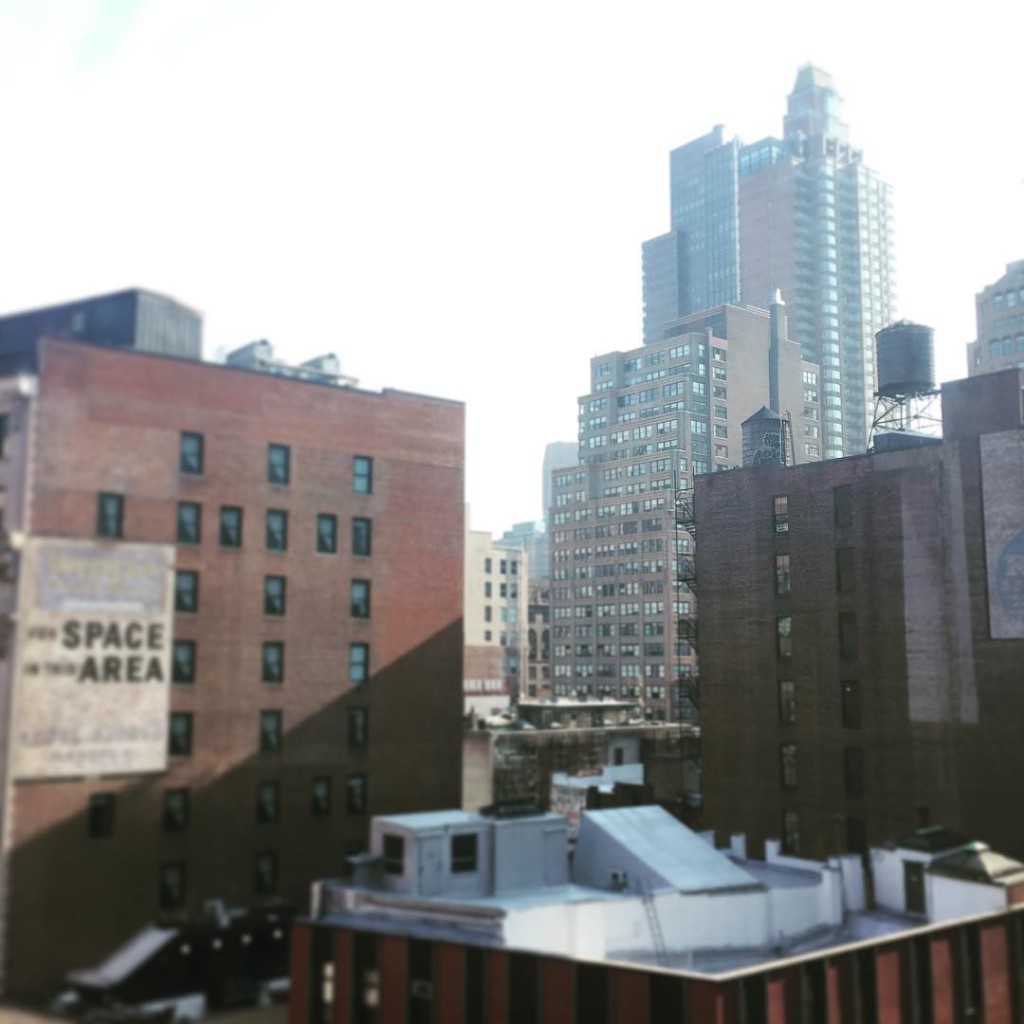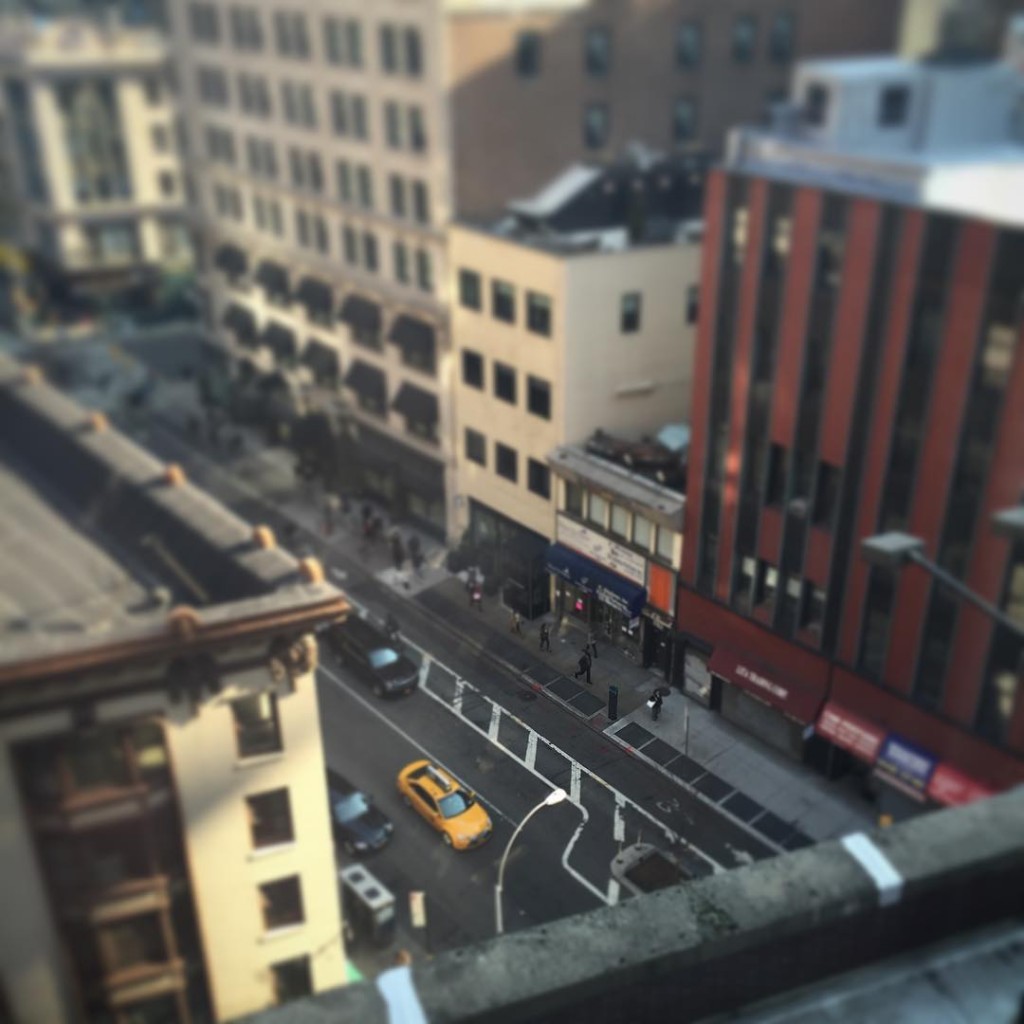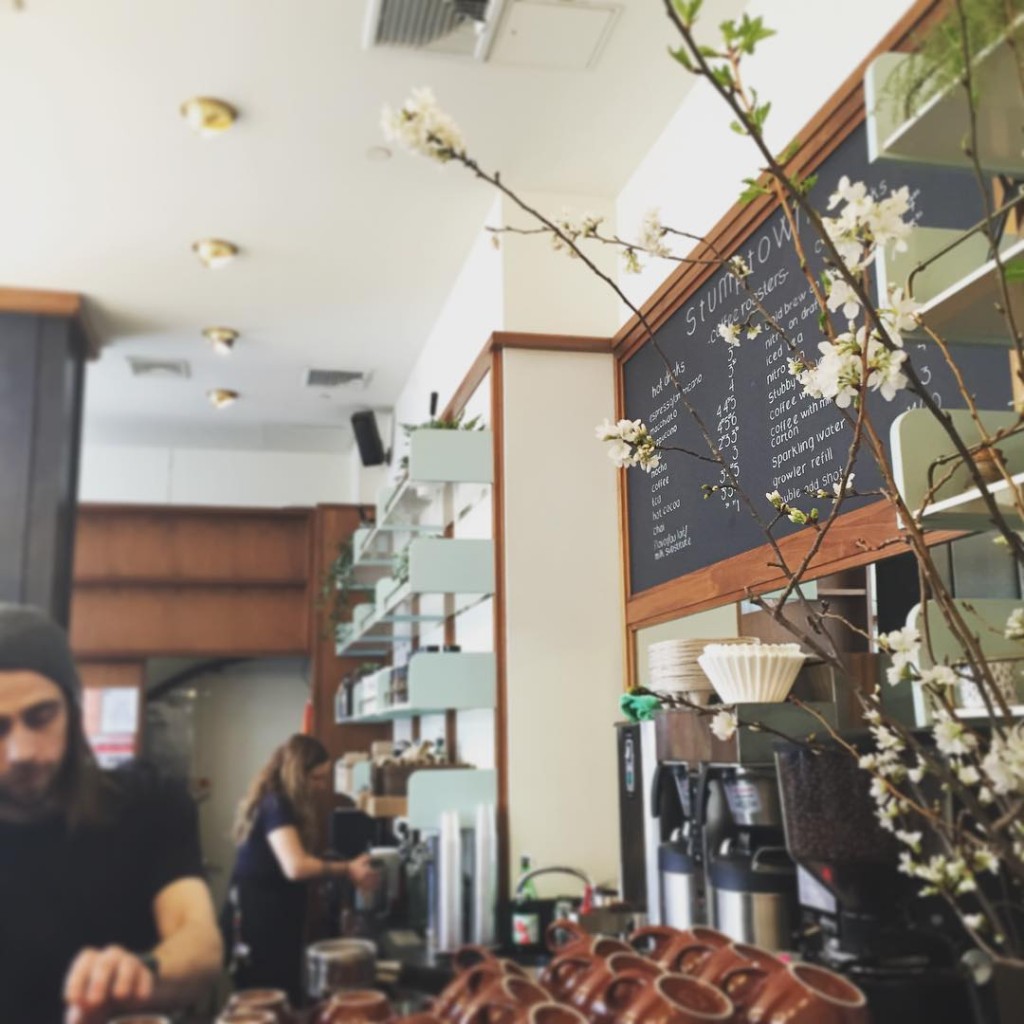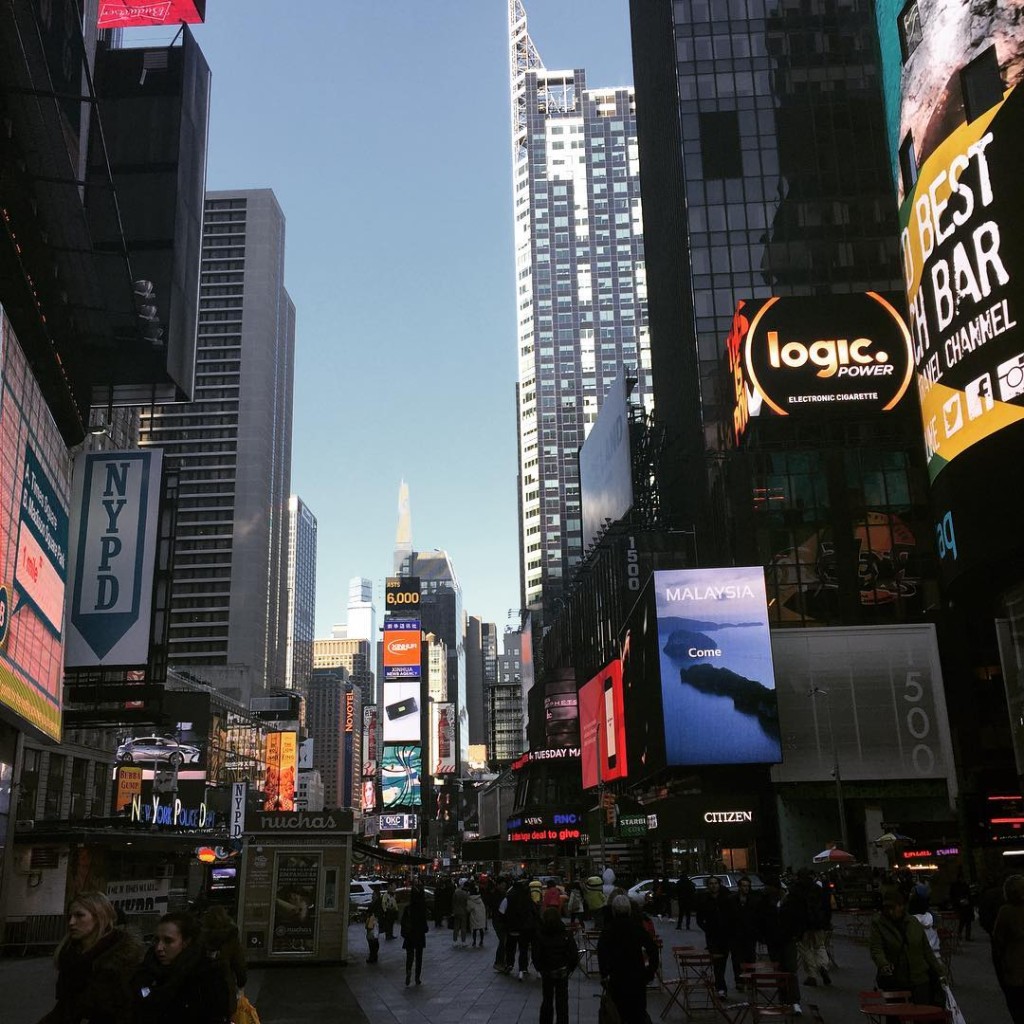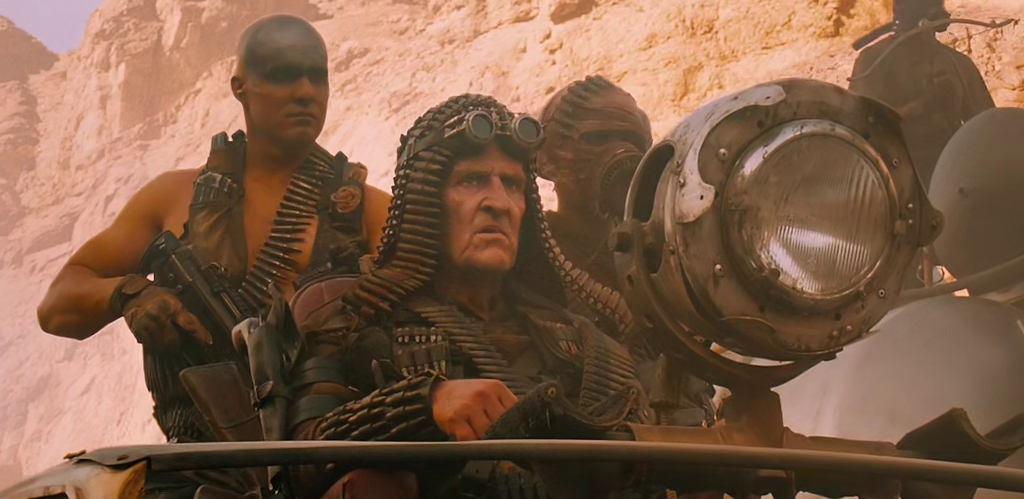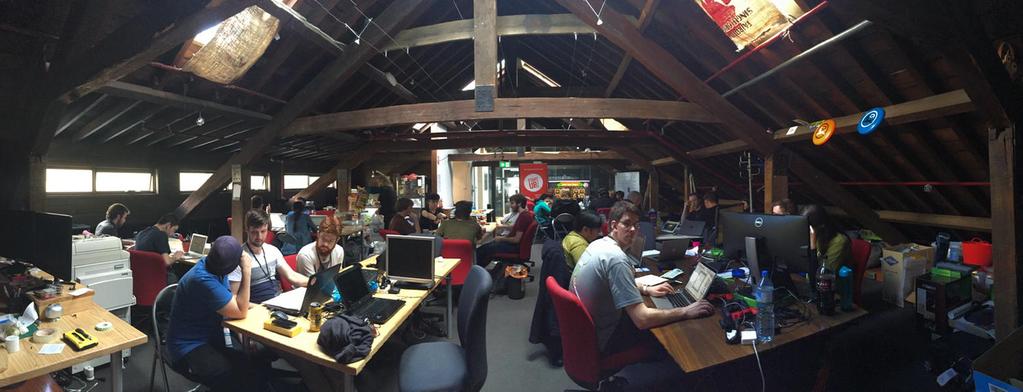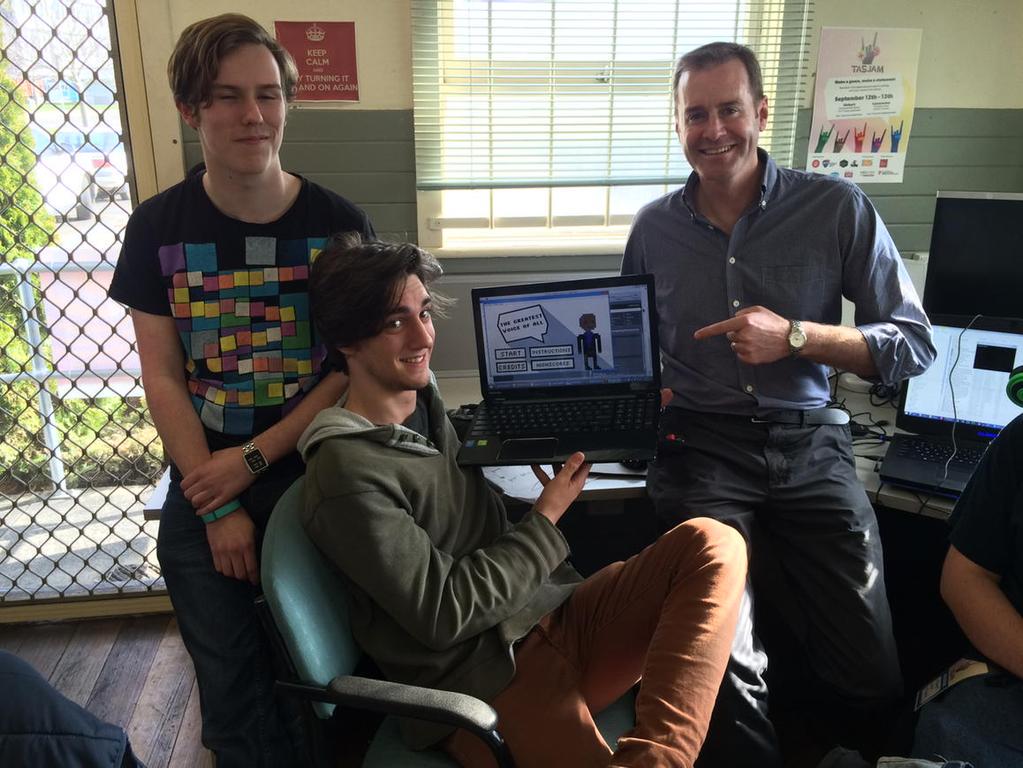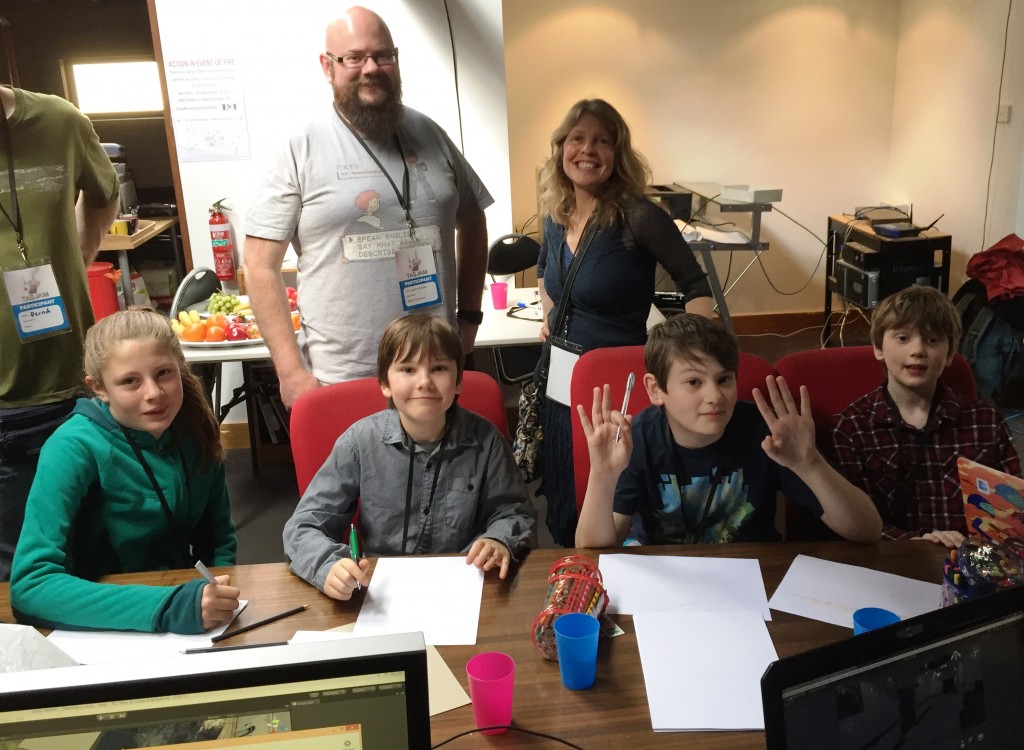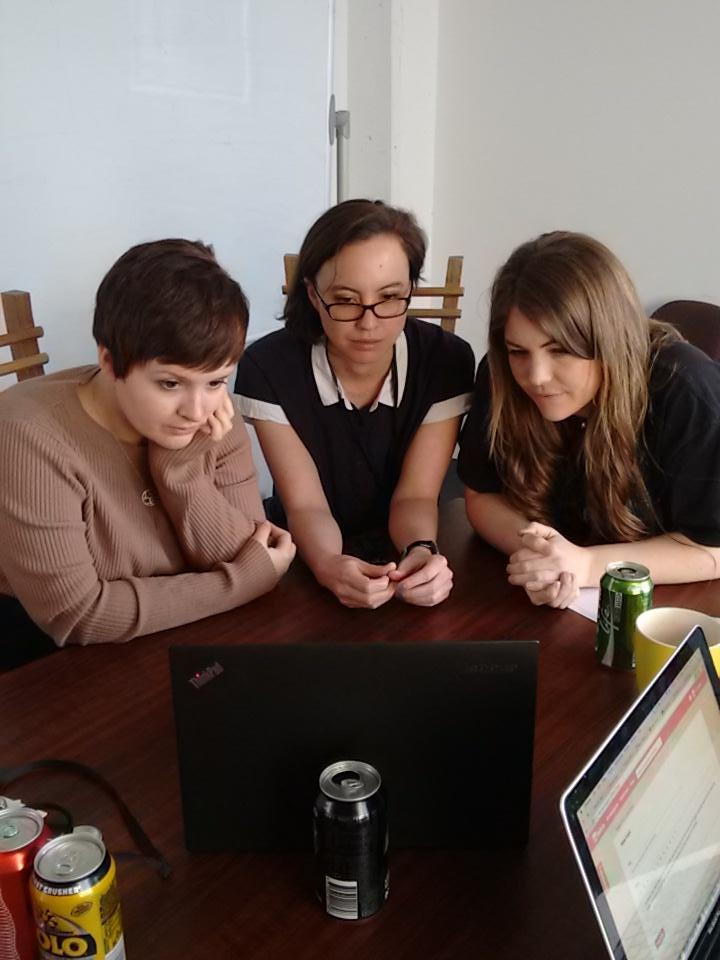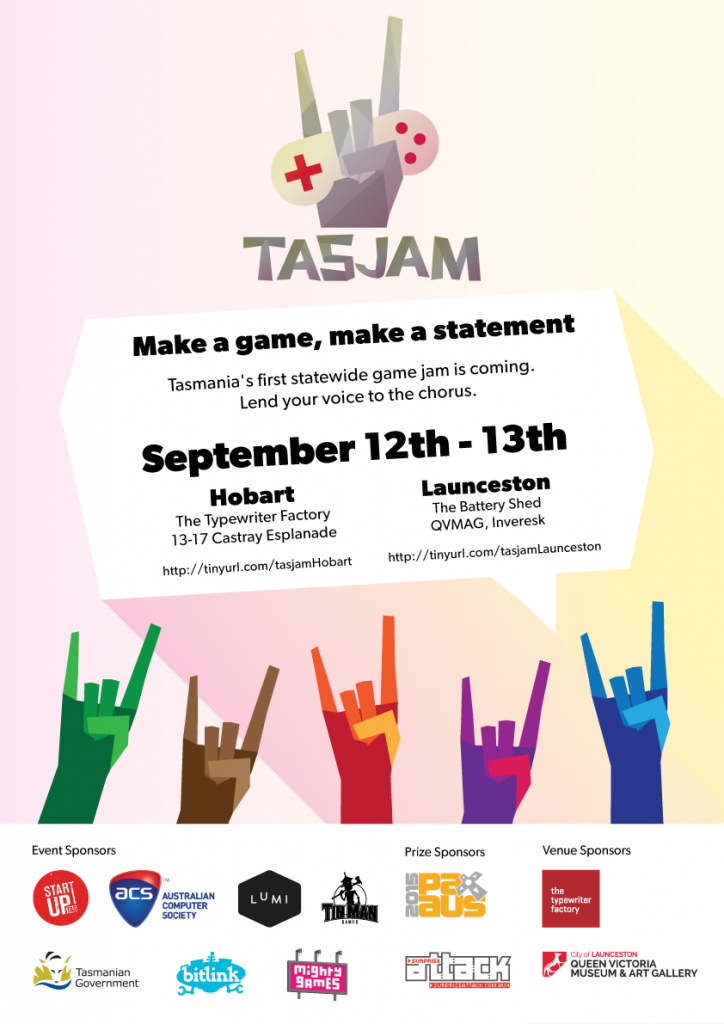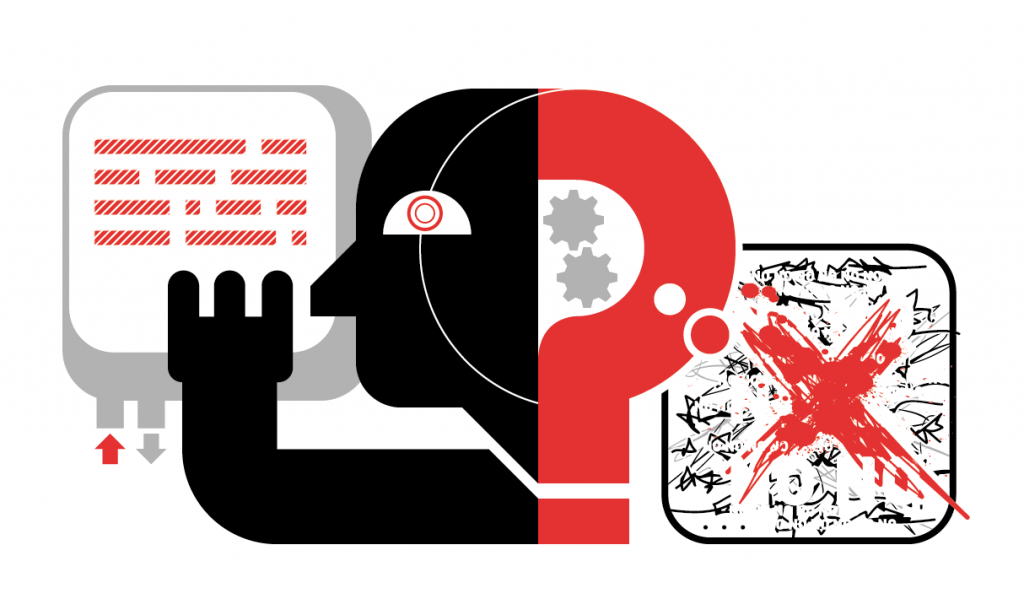
There’s something intoxicating about long-distance train journeys. I think it has to do with the fact that, these days, it’s non-standard. It feels detached from the cattle-like experience of air travel: passengers enjoy a luxurious amount of legroom, there are private rooms with bunk beds, closing doors, some coaches even have exclusive toilets and showers.
But it’s impossible to deny that it’s also an aging mode of travel. Trains are no longer the fastest way to traverse great distances, and can seem wasteful or frivolous when compared to the speed of flight. Fewer people every year choose to take the longer rail routes, reducing the money spent on the service by Amtrak and the US government. Surfaces are beginning to show this decline through wear and tear—hinges creak and things made to fold-out or extend can only sag limply.
Opulence fades, which is a shame, and yet when you’re sat in an observation car looking out the broad windows at the passing countryside, surrounded by the laughter and busy-sounding voices of a group of people doing something truly silly, it’s easy to get swept up in the romance of it all.

///
I removed the Oculus Rift and returned to reality, suddenly very aware of how ridiculous I must have looked moments before. I was helping test a virtual reality game that was experimenting with extrapolating the physical movements of the train. The idea was to exaggerate the rickety to-and-fro of the carriage as you run across its roofs toward some unknown end. My brain was supposed to merge what was being shown in the VR headset with the physical motion felt through my body. When the real train shook and rattled it was meant to help me believe in the existence of the virtual one projected in front of my eyes. Throughout the demo, I was crouching to duck under tunnel arches, leaning left and right to avoid giraffes for some reason, and jumping over the gaps between cars.
///
Train Jam is an annual game jam that occurs on the Amtrak train from Chicago to San Francisco in time for the Game Developer’s Conference (GDC) every March. More than 200 game developers, designers, artists, writers, audio engineers, and people with other game-adjacent skillsets come together from all around the world. United, they make small videogames to the backdrop of innumerable corn and wheat fields, snow-capped mountains, and endless deserts.
This is Train Jam’s third year and organizer Adriel Wallick is in full swing, walking the length of the train’s nine cars, handing out portable 3G hotspots, explaining to non-participating passengers what all the laptops and VR headsets are for. She stops rarely, but does so to drink in the atmosphere of the event she has created, painstakingly, from the ground-up.
It’s easy to get swept up in the romance of it all
“It means a lot to me, but it’s hard to put it into words,” Wallick tells me during one of the quieter moments. “There are times where I’ll look back at photos, or videos people have [made] about Train Jam, and my eyes just start watering. I just feel so many emotions!” Wallick is heavily invested in Train Jam, both emotionally and financially. She sinks a huge amount of time into creating the event, locking down sponsorships, managing ticketing, and trying to teach an aging organization like Amtrak just what the heck she’s trying to achieve. It’s this effort that makes her “misty-eyed” when thinking about it, especially when seeing people carry on the relationships they establish in the carriages on social media, or anywhere else. “It makes my little heart swell,” she says before laughing. “I’m not going to cry. You’re not going to trick me into crying.”
If nothing else, Train Jam could be said to be about making connections. The physical journey itself connects two sides of America; the endured proximity inside the carriages connects people; the games created connect the whole experience to people outside of it. Wallick stands at the center of all this, and yet she still takes the time during the event to speak with the other passengers and staff on the train. She explains to them what a game jam is, why it’s important. “The way I normally explain a jam to people outside of the technical field is that it’s very similar to a band jam—where a bunch of musicians will get together just to play music and explore their creativity,” Adriel told me. “For Train Jam, specifically, we take it one step further and put ourselves in a particularly creative environment that tends to be a bit out of everyone’s comfort zones.”
As people come around to the idea, she offers them a “Fun Meter,” a badge worn by all Train Jam attendees that has a moveable dial to show how much fun is being had at any given moment. Fun Meters become a lovely expression of inclusion and acceptance of Train Jam as a concept. They identify the wearer as being one of only 200 among the 26,000 con-goers at GDC. They also become a person of authority at the Train Jam booth where jammers can exhibit their creations at the largest professional gathering of videogame creators in the world.
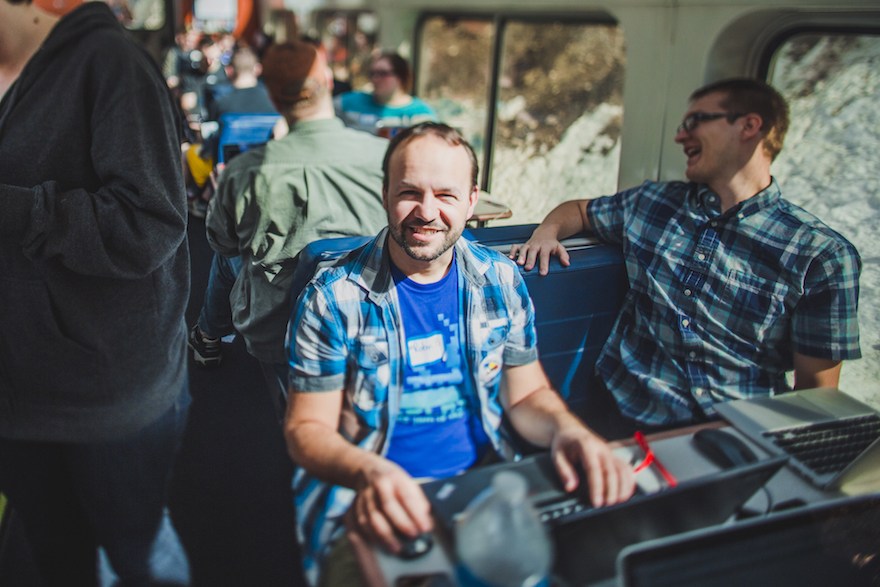
///
I’m writing this piece while sitting in my cabin, watching Middle America pass by my window. Iowa gives way to empty Nebraskan corn fields, expanses of loam and dead stalks awaiting seeding. I can see for miles in every direction, the mountainous horizon only interrupted by grain stores, barns, and farm equipment sitting idle. Despite their desolation, these views hold a captivating beauty to someone from a hilly region with very few opportunities for such open vistas.
///
Train Jam presents a dichotomy between the typical pressures of a game jam—deadlines, collaborating with new people, hacking out creativity—and the soothing rhythm of train travel. Most of the jammers work together in one of the two observation cars available on the train, their attention divided equally between their work and the views outside. Built into the very structure of Train Jam is the expectation that people may not complete their games. The journey is as much about enjoyment and creating relationships as it is about making games. Tied into this ethos is the fact that Train Jam is also about ensuring its attendees feel safe—no matter who you are, where you’re from, or your level of experience with making games. It employs a rigorous and enforced safe space policy, which is important because Train Jam attracts a very diverse crowd. A set of tickets reserved for underrepresented genders, and a broadly international attendance means that the games being made on the train come from a much wider set of worldviews than at most game jam gatherings. During the trip I’ve met attendees from Zambia, the Netherlands, the UK, Pakistan, Australia, the US, Sweden, and elsewhere. Some have come before, for others it’s their first time. All agree that Train Jam is a uniquely inspiring trip.
“It’s a very different environment to a normal game jam”
“It feels very cliché to say ‘oh it’s so inspiring to see the mountains and the fields,’ but it really is!” says Wallick as she looks out the window, gesturing to a lifeless wheat field. “We haven’t even gotten to the really pretty parts yet, we’re in the midwest right now, but soon we’re going to hit the Rocky Mountains with all the snow, and it’s beautiful. There are animals, eagles, moose—it’s just really inspiring and different and beautiful.” We sit, rocking from side-to-side with the movements of the train, one of us trying to conduct an interview and type up notes, the other awkwardly speaking into a voice recorder. “It’s a very different environment to a normal game jam, and that makes a lot of really good ideas pop out of the little hidden parts of your brain.”
///
Walking through the train affords many opportunities to see creativity in action. Some people are busily tapping away at their laptops, a few wear VR headsets, a good many sit idly by the windows enjoying American culinary atrocities. One is wringing music from the bones of old Game Boys.
///
After nightfall, the numbers in the observation cars thin out. A few of the teams have opted to work in shifts, some plan to pull all-nighters, others choose precious sleep. One team has set up camp in my cabin with a bottle of whiskey and a disregard for my neighbours. I attend what they refer to as “The Nightlight Lounge,” which I’m told started as a legitimate planning meeting, but soon devolved into frivolity and shenanigans. Some cabins on the train have a night light, a blue light that’s designed to not wake your cabin mate should you need to get up during the night. Awash in its blue glow with jazz playing loudly from a portable Bluetooth speaker, we drink and share together, becoming fast friends. We were soon joined by Campo Santo’s Sean Vanaman, who seemingly has a tracker’s nose for whiskey fumes.

Train Jam’s connection with GDC makes it unique in that, not only does it attract game makers from all over the world, it attracts all levels of experience. Vanaman teamed up with fellow Campo Santo programmer Ben Burbank and a pair of students during Train Jam to create an adventure game in the style of the much lauded Firewatch. “We’ve been working really hard, but it doesn’t feel like hard work, y’know?” one of the students tells me. It showed. Theirs was one of the most accomplished games to come from Train Jam 2016, but that isn’t really the point. Sure, they get to put a game on their portfolio that shares credits with two members of Campo Santo, but they also got something more. “It’s all about making new friends. It’s been so great to share this experience with such wonderful people.” Separated from the larger world by sparse internet access, swaying to the beat of the rails, you can’t help but smile at your fellow passengers turning from computer screen to nature scene. Oh, and Wallick was right, the Rocky Mountains are beautiful.
Body photos credit: Izzy Gramp
Lead photo: California Zephyr by Cleapreso
Republished from Kill Screen.
